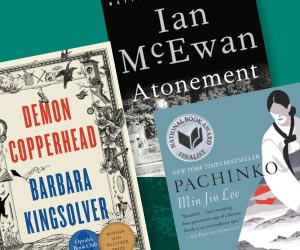2666
Select Format
Select Condition 
Book Overview
A NATIONAL BOOK CRITICS CIRCLE AWARD WINNER
A NEW YORK TIMES BEST BOOK OF THE TWENTY-FIRST CENTURY: TOP TEN
Customer Reviews
Unity in Diversity
This is the thing that matters
The Great World Novel!
Bolaño's Masterpiece - "a steaming cup of peyote."
2666 Mentions in Our Blog

A few weeks ago, The New York Times Book Review published a piece entitled The 100 Best Books of the 21st Century and it has garnered lots of attention. Here's a look at the list, along with highlights, a reading guide, and more.

Our newest survey found that Americans are consuming 50 percent more internationally produced TV shows and books than they were five years ago. This proved to be true across generational and gender lines. One of the most popular forms of international content is manga, a style of Japanese comic books.






